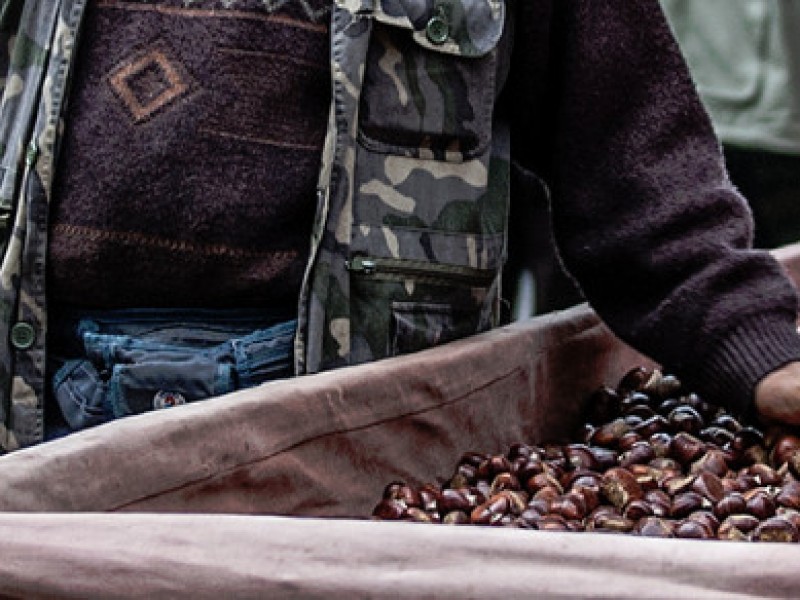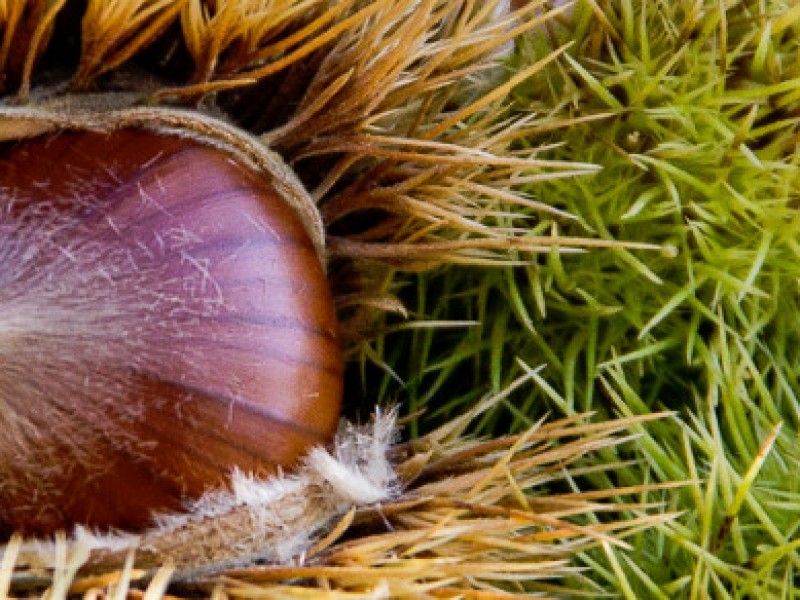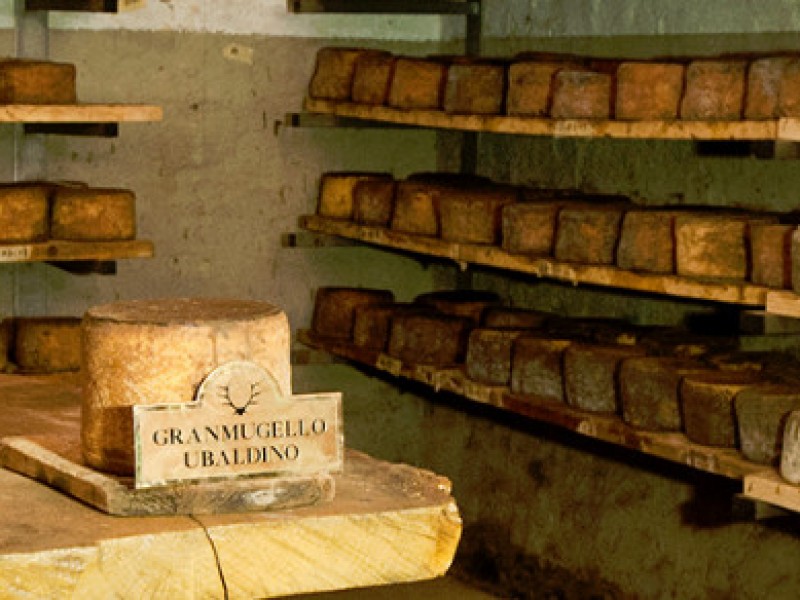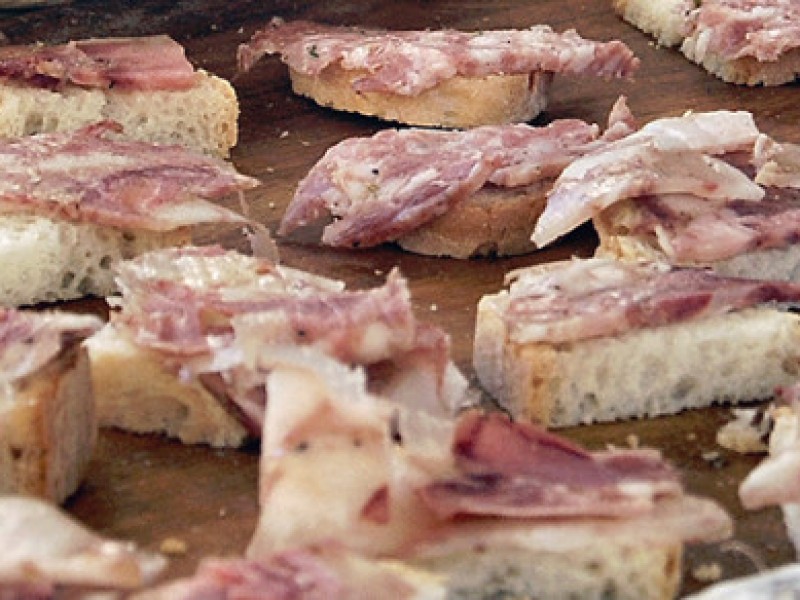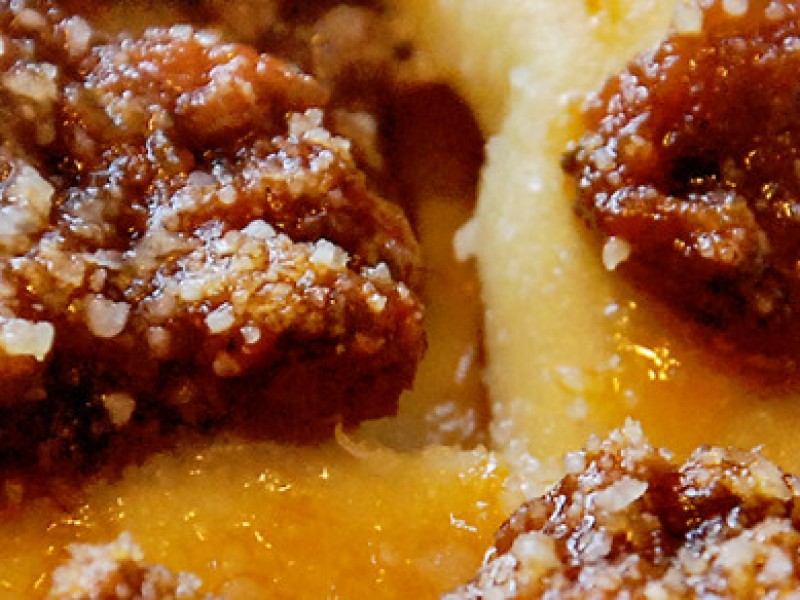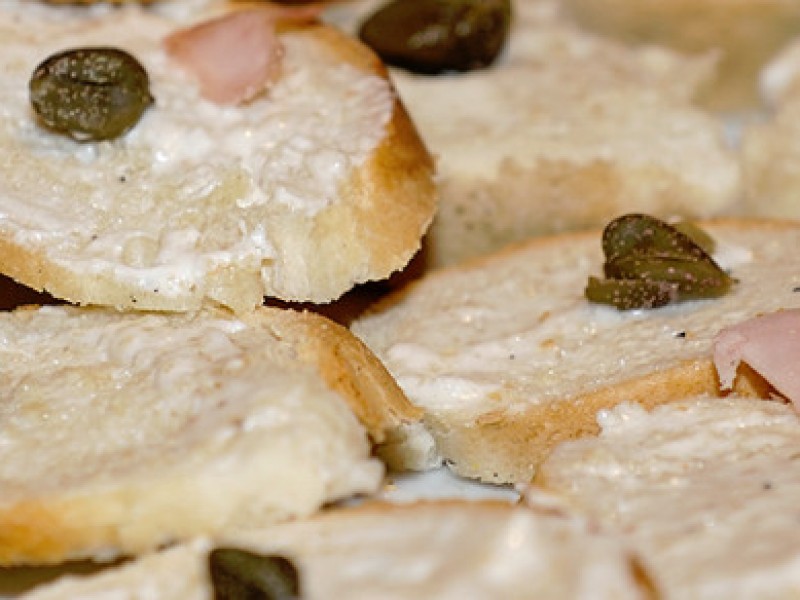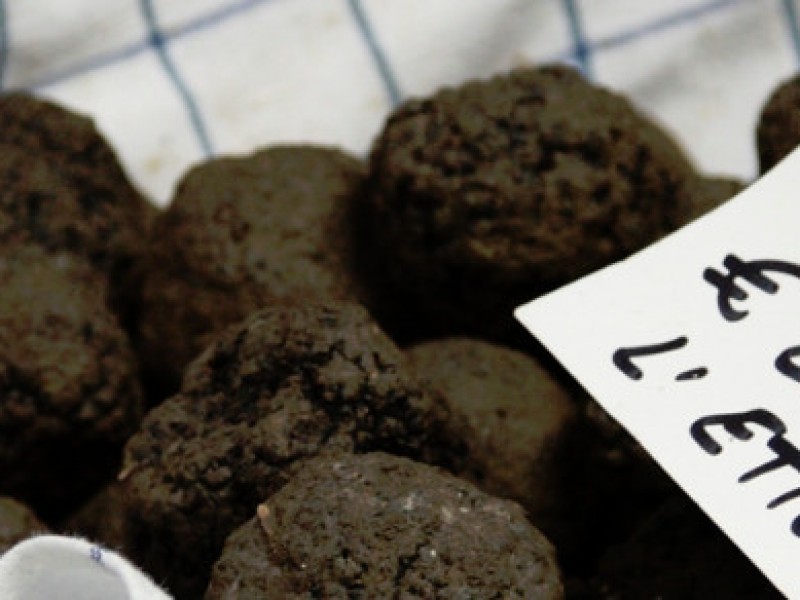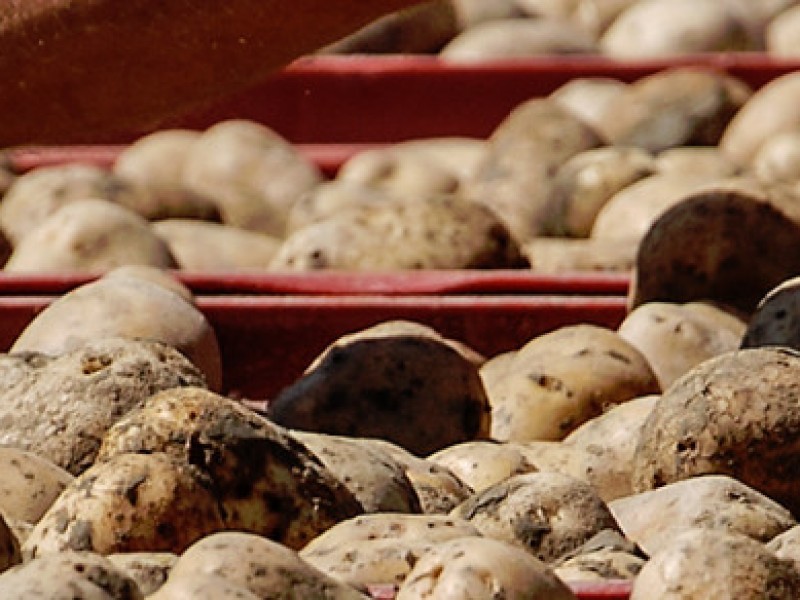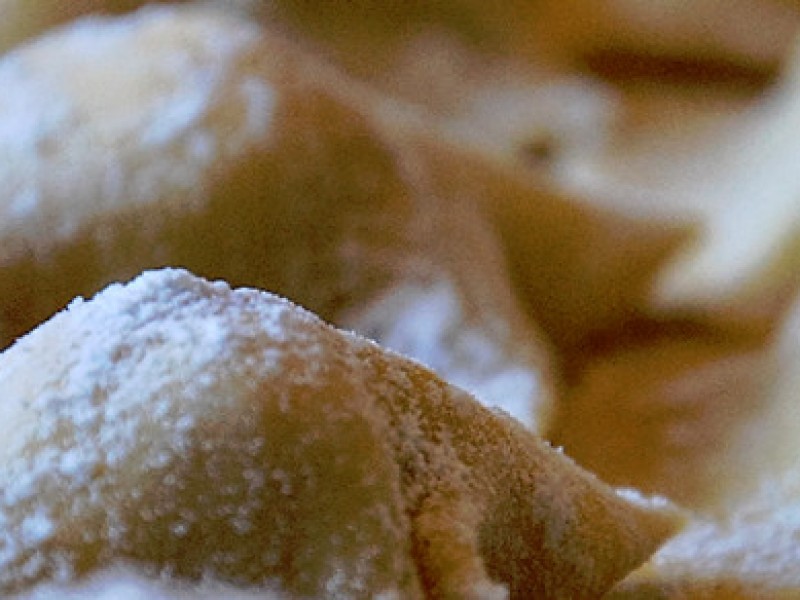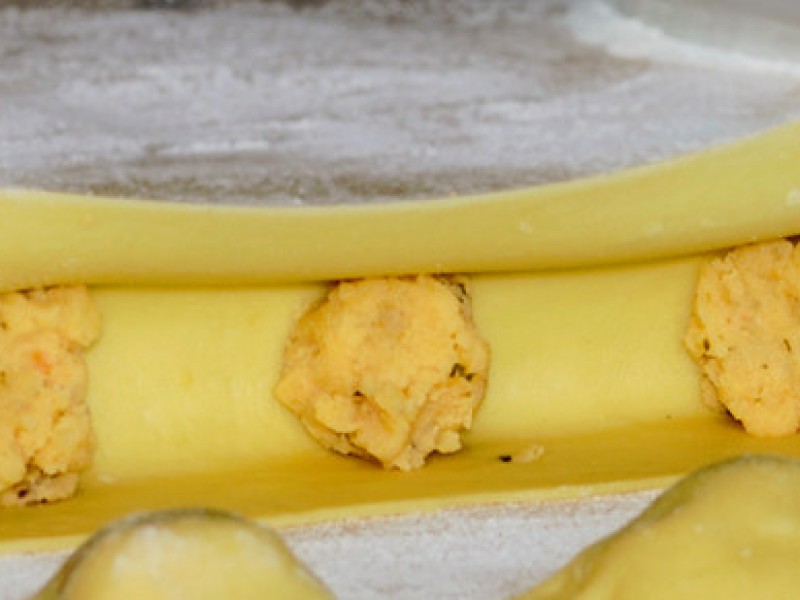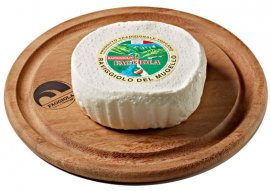Farro is an ancient grain, cultivated since the dawn of agriculture, over 9,000 years ago. Originally from the Fertile Crescent, it spread throughout the Mediterranean thanks to the Greeks and Romans, eventually becoming a staple food for the Roman army. Today in Italy, it thrives in hilly and mountainous areas due to its hardiness and resistance, making it ideal for organic farming. In the Mugello region of Tuscany, farro has made a strong comeback: in many local areas—especially Firenzuola, Vicchio, and Scarperia—top-quality organic and integrated farming varieties are produced, without the use of chemical fertilizers or herbicides. The farro is grown, processed, and packaged locally, ensuring a short supply chain and high quality. After the summer harvest, it undergoes cleaning, dehusking, and pearling to make cooking easier. Pearled farro from Mugello cooks in just 15 minutes and is perfect for salads, soups, and "farrotto" (a farro-based risotto). Farro flour is also used to make excellent homemade bread, pasta, cakes, and pizza. A wholesome, healthy product deeply rooted in local tradition.
Phone: + 39 055 8046053
Website: www.faggiola.org
Email: info@faggiola.it
Phone: + 39 055 8402103
Website: www.palagiaccio.com
Email: commercialepalagiaccio@gmail.com
Phone: + 39 055 8490367
Website: www.centrocarnimugello.it
Email: info@centrocarnimugello.it
The Shop is open from Monday to Saturday 8.30am-1pm and 3.30pm-7.30pm, on Sunday 8.30am-12.30am
Phone: +39 055 818186
Website: www.poggiodelfarro.com
Email: info@poggiodelfarro.com
Phone: + 39 055 8101017
Email: vivoli.marcello@tiscali.it
Phone: + 39 055 8046053
Website: www.faggiola.org
Email: info@faggiola.it
Phone: + 39 055 8402103
Website: www.palagiaccio.com
Email: commercialepalagiaccio@gmail.com
Phone: +39 055 8448028
Mobile: + 39 328 4764164
Website: www.agriturismocolombaia.com
Email: galluzziclaudio@libero.it













